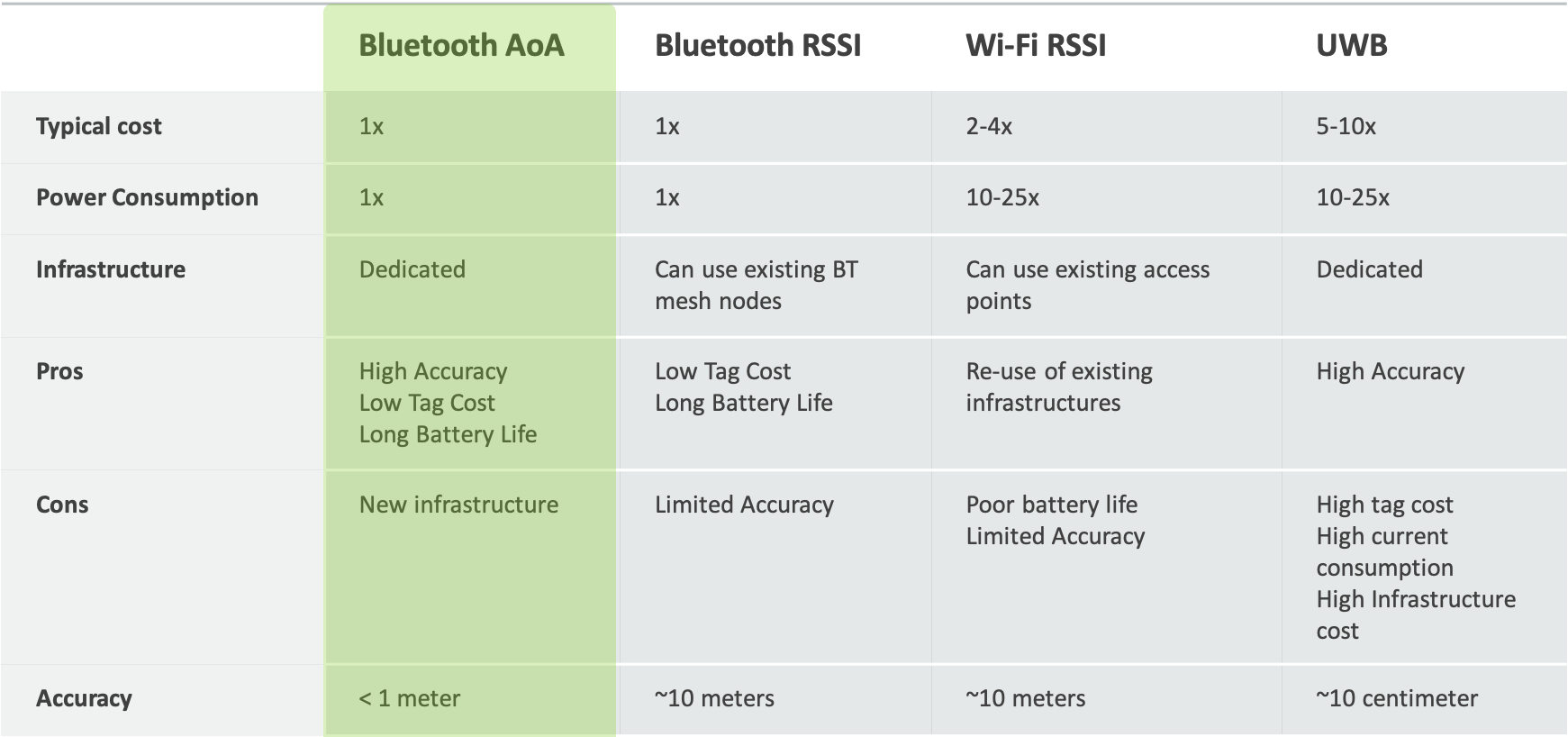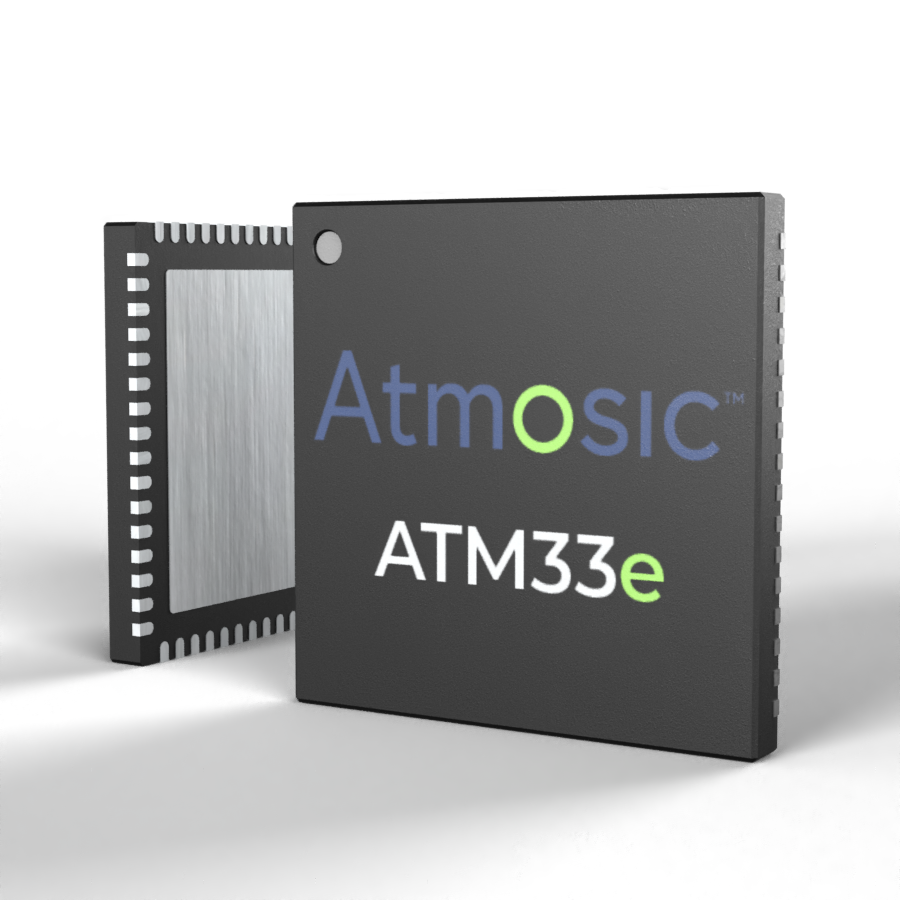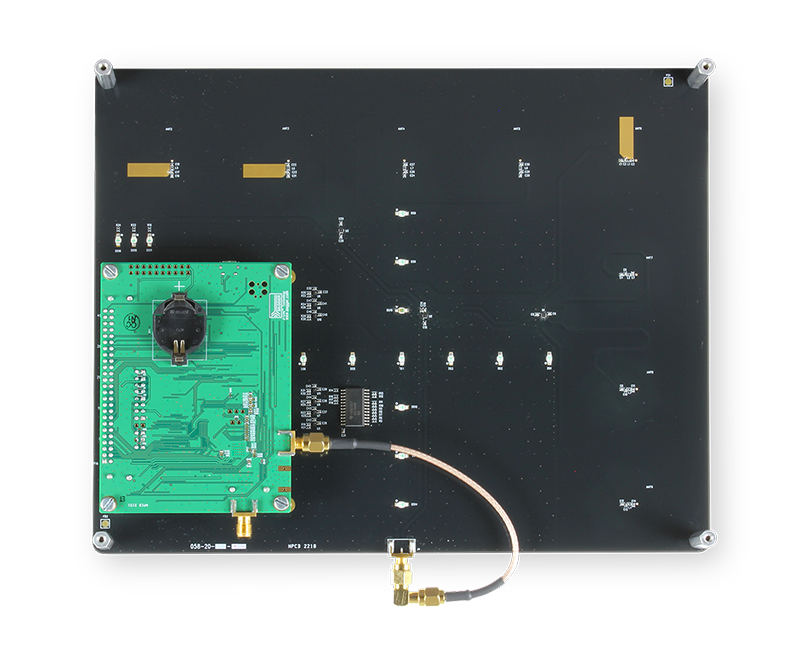Selecting the Right Direction-Finding Technology
A variety of direction-finding technologies are available on the market today, but as with most engineering decisions, the choice of which is best for any given application deployment requires balancing various tradeoffs. This being said, because of its low cost, low power, high accuracy, and inter-operability with legacy Bluetooth systems, Bluetooth AoA (first introduced with the Bluetooth core specification 5.1) is fast becoming the solution of choice for both consumer and industrial IoT across diverse segments.
Mall visitor engaged in wayfinding navigation via precise indoor positioning, made possible by a BLE Sensor-Infrastructure with AoA. The route to the desired point is displayed on a map on the user’s mobile phone or tablet or the route is announced by the output device.
In 2022, there will be 250 million Bluetooth location devices shipped worldwide, with 350 million expected to ship by 2026.

With Atmosic’s Bluetooth AoA solutions, organizations get a robust and highly accurate RTLS (real-time location system) that is specifically designed for IoT asset tracking and wayfinding applications inside buildings. Functional down into sub-meter accuracies, with the Atmosic RTLS approach, consumer and industrial users can now greatly enhance their overall situational awareness and can have the benefit of critical IoT data to provide a better understanding of operational trouble spots and bottlenecks.
What is AoA/AoD Technology?
Angle-of-Arrival (AoA) is a method of estimating the direction/location of an object. AoA requires a tag and a locator. The tag transmits signals to the locator, which has multiple antennas. Unlike RSSI-based systems, which depend on relative signal strength for direction finding, and which can be significantly affected by physical obstructions to the radio signal, AoA operation involves a locator/receiver taking IQ samples (in-phase, quadrature signals) while sequentially switching the active antenna in an antenna array. A locator algorithm calculates elevation and azimuth for an estimate of the angle of arrival and triangulates the approximate location of a tagged item based on phase differences identified in the transmitted input data.

With Angle-of Departure (AoD) functioning, the device roles are generally swapped, so that the locator calculates its own position using angles from multiple beacon tags. Where AoA is ideal for asset tracking, AoD can be the right solution for some wayfinding and point-of-interest assistance applications. AoD applications often leverage the CPU power of mobile phones, and rely on the phone’s daily recharge for input power, whereas AoA sensor applications rely on batteries and deployed physical infrastructure for processing.
Check out our AoA/AoD blog post here
Industrial and Consumer IoT Vertical Markets
Asset Tracking
Warehouses and factories, hospital assets and staff, remote field equipment, among others
Tag/Beacon Applications
Commercial wayfinding and point-of-interest, among others
Atmosic AoA RTLS Solutions
Low Power, RF SoCs with AoA Technology
The ATM33 series is our latest generation architecture that offers higher performance to support the most demanding applications. With feature enhancements like a 64-MHz ARM® Cortex®-M33, +10dBm RF transmit power, and AES-256 encryption and ARM® TrustZone® enabled security features, the ATM33 can support the next generation of IoT device solutions.
- Bluetooth Low-Energy 5.3 compliant
- 2 Mbps, 1 Mbps, 500 kbps, and 125 kbps PHY rates
- Supports Bluetooth Angle-of-Arrival (AoA) and Angle-of-Departure (AoD) direction finding
The Atmosic ATM33 series SoC (system-on-chip) can be used as the AoA locator or tag.

ATM33/e AoA Evaluation Kit (EVK)

The Atmosic AoA Antenna Board is a reference design for the AoA receiver function. The board has 8 antennas, crosshair LEDs, and status LED features. The ATM33 with locator firmware, provided as part of the ATMEVK-3330 evaluation kit, is attached to the back of the AoA Antenna Board. The board has eight antennas in an L-shaped array, and crosshair LEDs in the center of the board.


